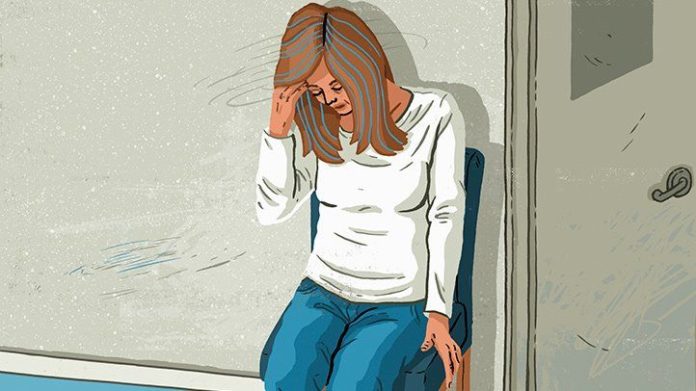Cholera is an intestinal bacterial infection that spreads through contaminated water. It can cause severe diarrhea and dehydration.
It’s not just the residents of these areas who are affected during an outbreak. Visitors can be at risk for catching the disease as well, the Centers for Disease Control and Prevention (CDC) warns.
Although most cases aren't severe and can be treated, the condition can lead to death for those who don't get the proper care.
Causes and Risk Factors of Cholera
Research suggests the following may increase your risk:
- Poor sanitary conditions
- Reduced stomach acid
- Type O blood
- Household exposure
Duration of Cholera
Prevention of Cholera
- Drink only beverages that are bottled, canned, boiled, or chemically treated, and avoid tap water, fountain drinks, and ice cubes.
- Wash your hands often with soap and (clean) water, or use a hand cleanser with at least 60 percent alcohol — especially before eating or preparing food and after using the bathroom.
- Eat prepackaged food or food that's freshly cooked and served hot.
- Don't eat raw or uncooked shellfish, including sushi.
- Avoid dairy foods.
- Use bottled, boiled, or chemically treated water to brush your teeth, prepare food, wash dishes, and make ice.
If you’re planning on traveling to areas with active cholera transmission, talk to your doctor about this vaccine.
No cholera vaccine is 100 percent protective, though, and vaccination against cholera isn’t a substitute for standard prevention and control measures.
Research and Statistics: Who Gets Cholera?
Resources We Love
World Health Organization (WHO)
Within the United Nations system, the WHO is the authority on international health. Their website provides a comprehensive look at cholera — what it is, how it spreads, and how to prevent it — as well as news on cholera outbreaks and vaccinations.
Centers for Disease Control and Prevention (CDC)
In addition to covering all the basics of cholera, the CDC provides the latest statistics and data on the disease, insight into their own efforts to investigate and combat outbreaks, and helpful information for travelers.
Mayo Clinic
A highly trusted source for Everyday Health editors, the Mayo Clinic offers clear, straightforward info on cholera and its potential complications and what to do if you believe you've been exposed to it.
Additional reporting by Brian P. Dunleavy.
Editorial Sources and Fact-Checking
- Cholera. Mayo Clinic. February 1, 2020.
- General Information: Cholera. Centers for Disease Control and Prevention (CDC). August 5, 2020.
- Cholera. World Health Organization. January 17, 2019.
- Cholera. National Institute of Allergy and Infectious Diseases. May 12, 2016.
- Fanous M, King KC. Cholera. StatPearls. June 6, 2020.
- Cholera. National Organization of Rare Disorders. 2009.
- Technical Note: Use of Antibiotics for the Treatment and Control of Cholera. World Health Organization. May 2018.
- Komiazyk M, Palczewska M, et al. Neutralization of Cholera Toxin by Rosaceae Family Plant Extracts. BMC Complementary and Alternative Medicine. June 20, 2019.
- Travelers' Diarrhea. CDC. October 8, 2019.
- Dehydration. MedlinePlus. April 15, 2016.













































